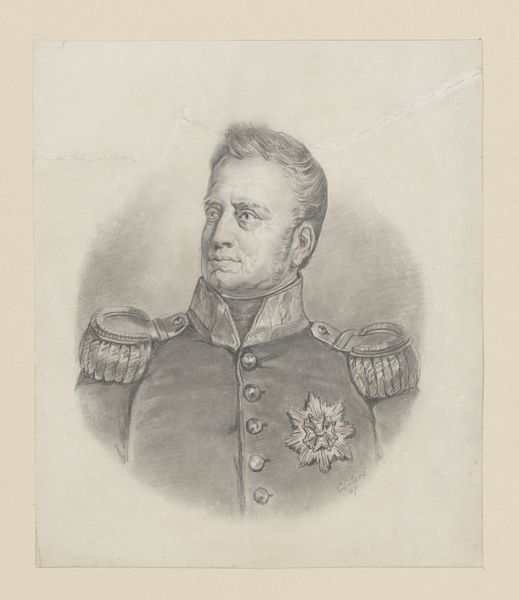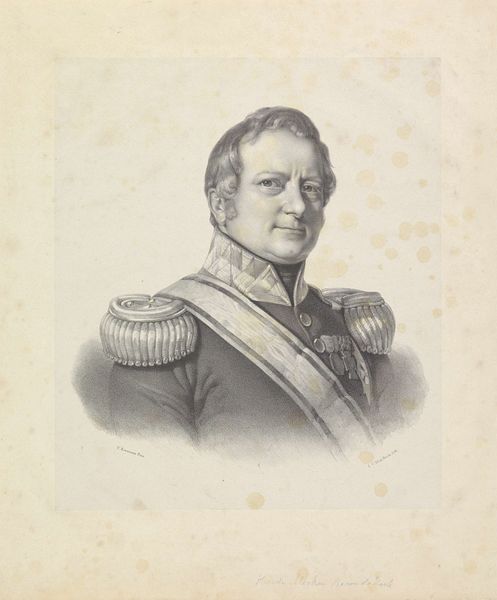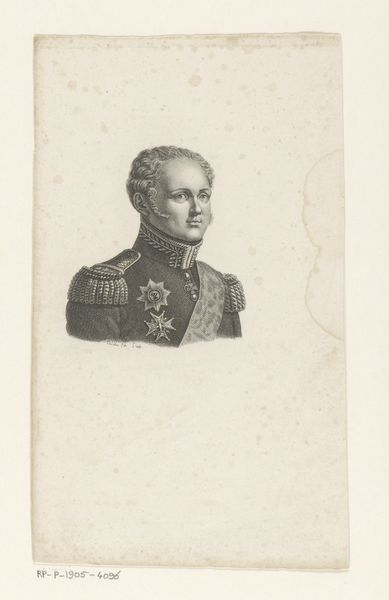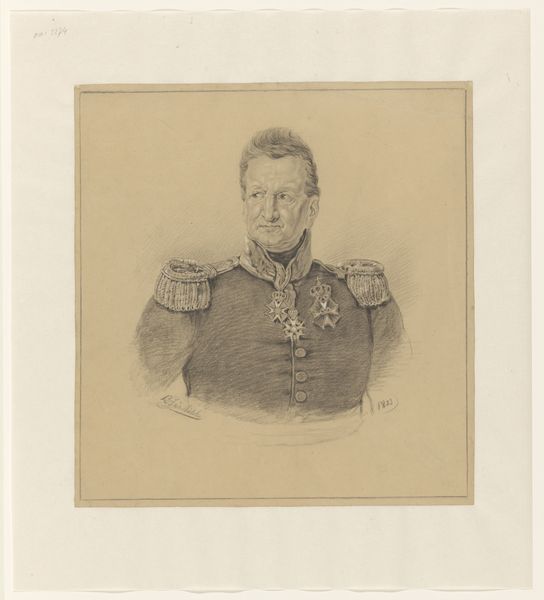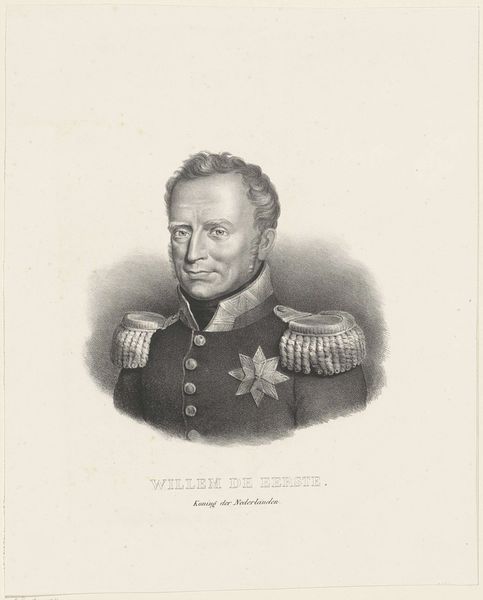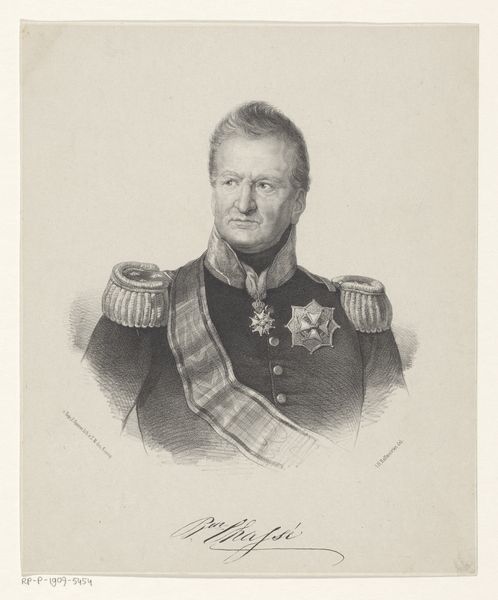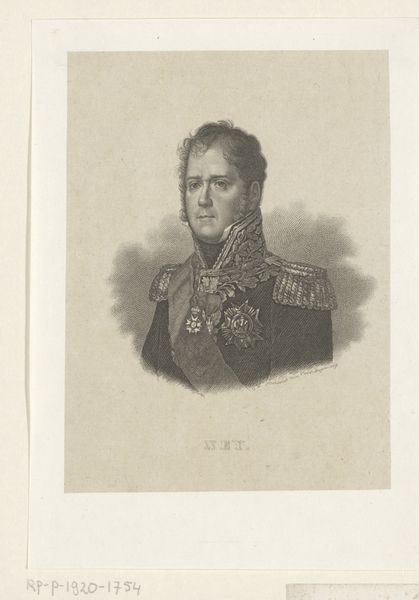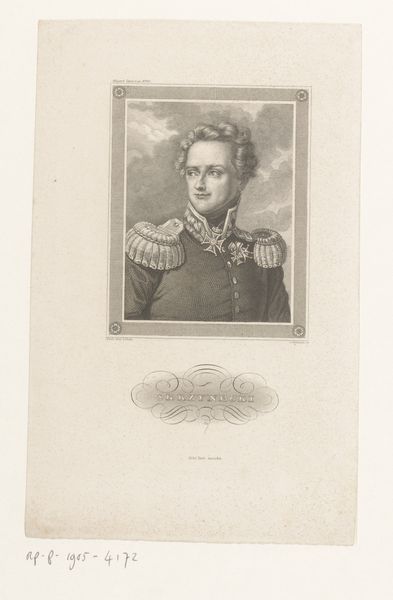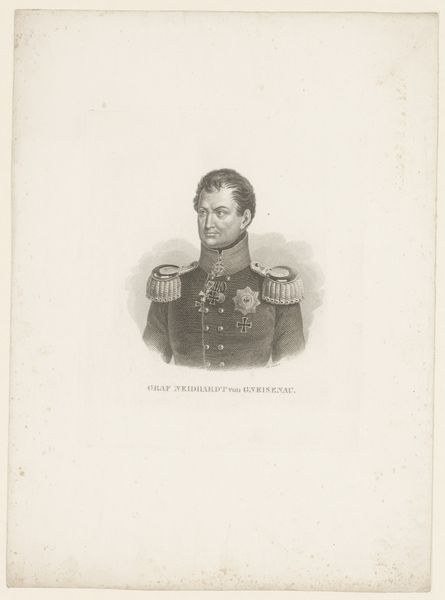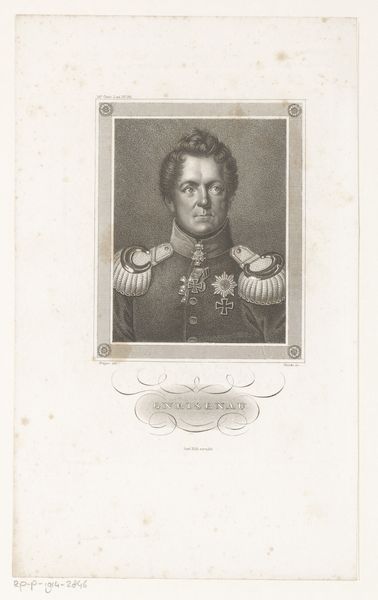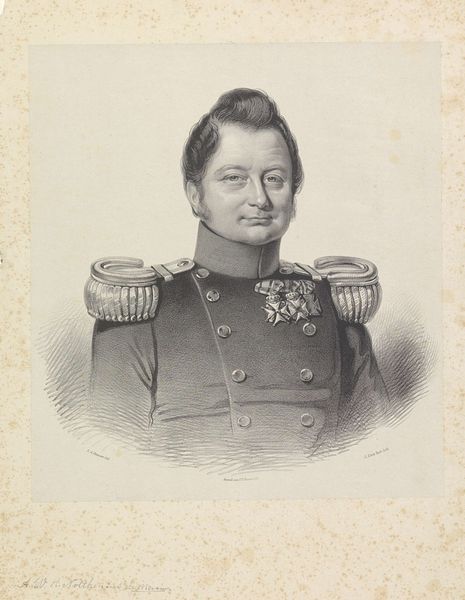
drawing, pencil
#
portrait
#
drawing
#
pencil
#
academic-art
#
realism
Dimensions: height 275 mm, width 228 mm
Copyright: Rijks Museum: Open Domain
Editor: Here we have a pencil drawing, "Portret van Joseph Jacobus baron van Geen," made sometime between 1851 and 1883 by Johan Hendrik Hoffmeister. I'm struck by the formality of the portrait, and all those medals. How do you interpret the symbolism present here? Curator: The proliferation of medals and formal military attire speak volumes about 19th-century European society. Consider the rise of nationalism, the importance of military prowess, and the structures of power embedded in these societies. How does this image contribute to or challenge these narratives? Editor: It seems like it reinforces them. He's presented as an important, powerful figure, deserving of respect. But I wonder if there's any critique intended, perhaps through the almost exaggerated display of his status? Curator: That’s an astute observation. Consider who this portrait was intended for. Was it commissioned by the state? By van Geen himself? Or by his family? The intended audience drastically shapes how we read the image and its relationship to power structures. The precision of the drawing style – the realism – also contributes. Academic art was often used to legitimize figures. Editor: That makes perfect sense. Knowing the context really changes how I see it. So, a commissioned portrait like this solidifies social hierarchies by presenting its subject in a dignified, almost untouchable light? Curator: Precisely. These portraits served a public function, reinforcing ideas about class, duty, and national pride. Now, how does understanding the function of art within 19th-century institutions shift your perspective on contemporary portraiture? Editor: That's something to think about! I'll be paying a lot more attention to who's commissioning what from now on. Thanks for the insight!
Comments
No comments
Be the first to comment and join the conversation on the ultimate creative platform.
